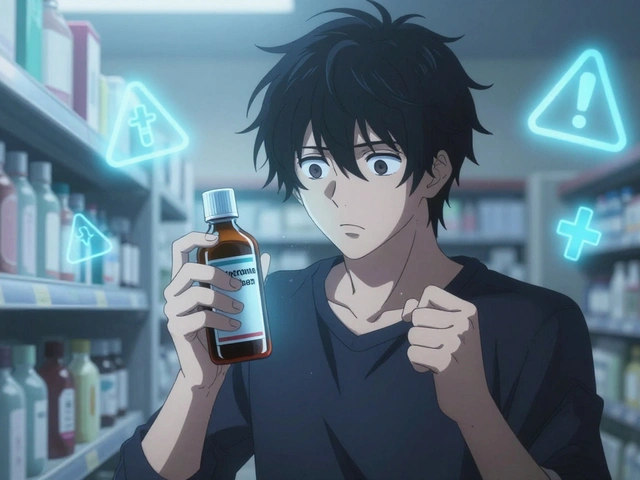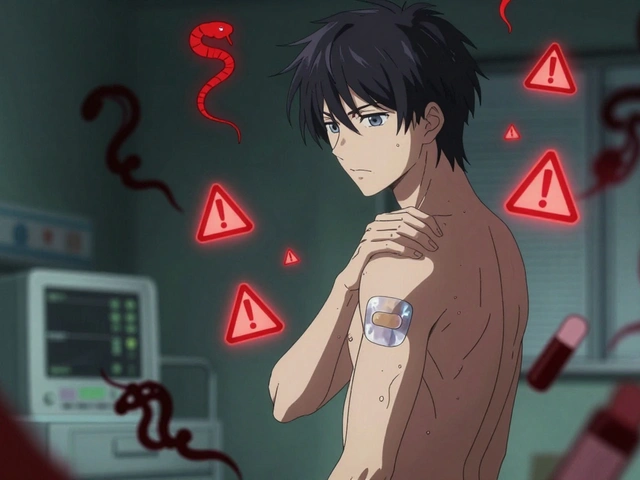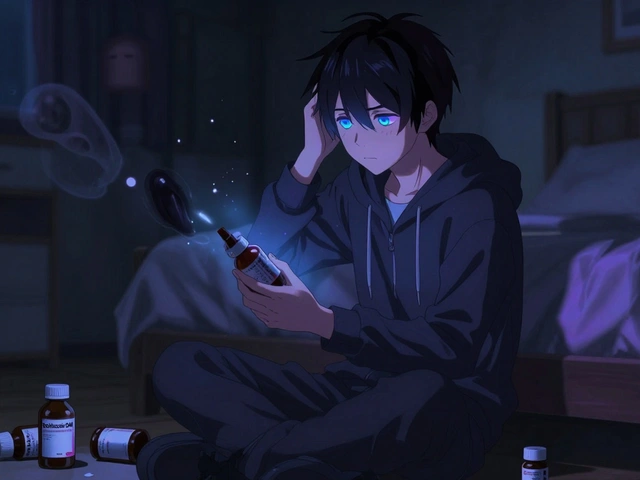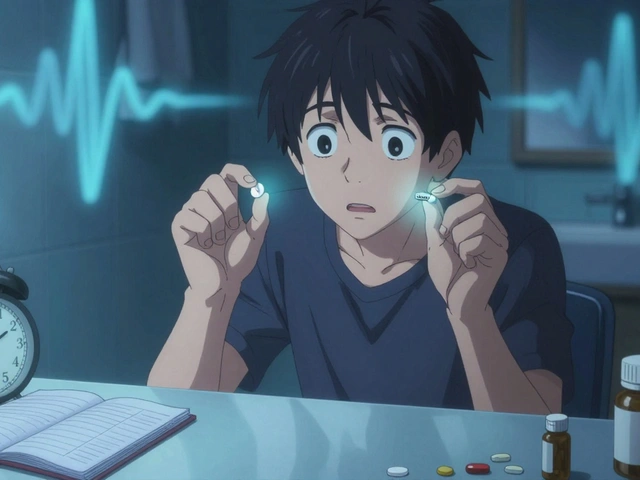BPH Medication: What Works, What to Watch For
Benign prostatic hyperplasia (BPH) is a common cause of bathroom trips for men over 50. The enlarged prostate squeezes the urethra, making it hard to start or finish urinating. Medications are usually the first line of attack because they’re non‑surgical, relatively cheap, and work for most guys. Below you’ll find the main drug families, when they’re used, and what to keep an eye on.
Common BPH Drugs You’ll Hear About
The two biggest groups are alpha‑blockers and 5‑alpha‑reductase inhibitors. Alpha‑blockers—like tamsulosin (Flomax), alfuzosin (Uroxatral), and terazosin—relax the smooth muscle around the bladder neck. They act fast, often within a few days, and can cut nighttime bathroom trips dramatically. The trade‑off is a higher chance of dizziness or a sudden drop in blood pressure, especially when you stand up quickly.
5‑alpha‑reductase inhibitors, such as finasteride (Proscar) and dutasteride (Avodart), shrink the prostate over months by blocking the hormone that fuels growth. They’re best for larger prostates and can lower the risk of needing surgery later. Side effects may include reduced libido, erectile changes, or a slight increase in breast tenderness. Some doctors pair an alpha‑blocker with a 5‑alpha‑reductase inhibitor for a double‑hit approach—quick symptom relief plus long‑term shrinkage.
Newer options are popping up, too. Phosphodiesterase‑5 inhibitors like tadalafil (Cialis) can ease BPH symptoms while also treating erectile dysfunction. They’re useful if you’re dealing with both issues, but they’re not a replacement for the core drugs above.
Choosing the Right BPH Medication for You
Picking a pill isn’t one‑size‑fits‑all. Your doctor will look at how severe your symptoms are, the size of your prostate (often measured by an ultrasound), and any other health problems you have. If you’re mostly bothered by a weak stream and night‑time trips, an alpha‑blocker might be enough. If your prostate is big on the scan, adding a 5‑alpha‑reductase inhibitor could give better long‑term results.
Sexual side effects matter to many men, so talk openly about any changes in libido or erections. Some guys stay on an alpha‑blocker and add a low‑dose 5‑alpha‑reductase inhibitor only if symptoms flare up. Regular follow‑ups are key—your doctor will check blood pressure, prostate‑specific antigen (PSA) levels, and how you feel on the medication.
Don’t forget lifestyle tweaks while you’re on meds. Cutting caffeine and alcohol, staying hydrated, and doing pelvic floor exercises can boost results. If a drug isn’t clicking after a few weeks, ask your doctor about switching or adding another. Most men find a regimen that eases the bathroom rush and lets them get back to daily life without major setbacks.
Bottom line: BPH medication works best when you understand the options, keep tabs on side effects, and stay in touch with your healthcare provider. With the right combo, you can reclaim a smoother flow and fewer nighttime trips.
Find the official Hytrin (terazosin) label fast, then get clear dosing, uses, and safety tips. Simple steps, checklists, and FAQs to act with confidence.





